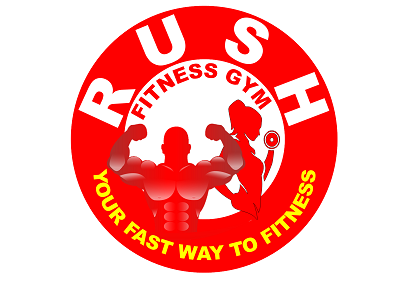
We all know walking for fitness can be a great activity for beginners looking to start a daily exercise routine and shed pounds off your waist line. What you may not know is that a 30-minute walk can provide plenty of other benefits for your overall health that reach far beyond weight loss.
Whether you’re new to walking or an experienced runner, these seven surprising health benefits are proven to make a daily walk worth your while:
1
IMPROVE YOUR MOOD
Sometimes all you need is a little fresh air to change your attitude. In a recent study, researchers found that taking a daily walk can lift your mood even when thinking negatively about a dreaded task that must be completed afterward. This can help decrease depression, negate the need for medication and put your emotions in an overall happier place.
2
INCREASE BONE DENSITY
As you age, bone density can decrease and make an injury from a fall much more severe. To combat the effects of aging, studies have shown that walking can improve bone density and stop the loss of bone mass that is often associated with osteoporosis. Walking for up to 40 minutes a day may also help to reduce hip fractures and other injuries related to falls.
3
LOWER BLOOD PRESSURE
Whether it’s hypertension or cardiovascular health, walking has been shown to have positive effects on the overall health of your heart. A consistent walking routine can help lower your blood pressure and prevent heart disease. And while you’ll still want to consult a doctor before beginning an exercise routine, for anyone with existing heart conditions, walking can be a safer alternative to more vigorous forms of exercise.
4
BOOST YOUR METABOLISM
Losing weight and keeping it off is a little more complex than simply burning calories. In addition to a good diet, finding ways to boost your metabolism can help reduce fat around the waistline and prevent metabolic syndrome — the latter of which results from high blood pressure, cholesterol and blood sugar. Walking has been shown to reverse this condition and boost your metabolism so you can burn more calories during the day when you’re not exercising. The key is upping the pace. Try including 1–2 minutes of power walking every five minutes during your daily walk to get started.
5
EASE INTO MORE INTENSE EXERCISE
If you really want to shed the pounds and improve your overall health, upping the intensity helps. The problem is it can be tough for beginners to jump right into activities like running or hiking without risking injury. Since walking is considered safe on the joints and a low-impact activity, beginning a walking program before you start running or other forms of high-intensity exercise can help. After you become more comfortable with a fitness walking routine, try a walk-run program to ease yourself into running for longer distances.
6
AID RECOVERY
Even if you are experienced with high-intensity activities and are fit, your body still needs time to rest and recover between workouts. Because walking is a low-to-moderate intensity exercise that gets the blood flowing and raises the heart rate, it can be an ideal recovery activity in between harder workouts. It can also help ease any joint, back and muscular pain associated with more extreme forms of exercise.
7
REDUCE STRESS
Stress has a way of creeping its way into our lives. Getting outside and exercising is one way to clear your mind and distract yourself from your current problems. Whether you take a short walk around the neighborhood or head to the track for a brisker workout, try to be more aware of your body, your surroundings and all the other good parts of life that are often ignored. This meditative state can have other positive effects on your health and well-being that go far beyond letting go of that guy who cut you off on the freeway.
Source : blog.myfitnesspal.com
Don't forget to share and like!


